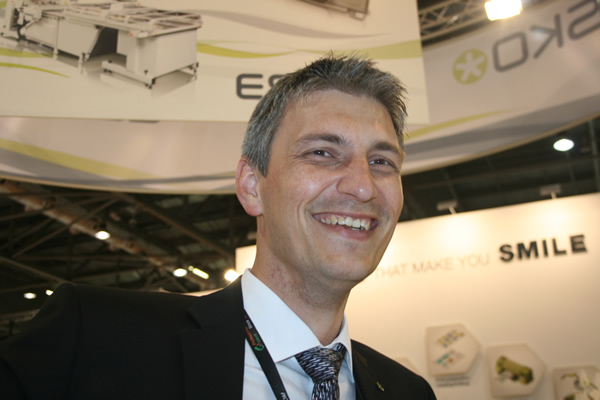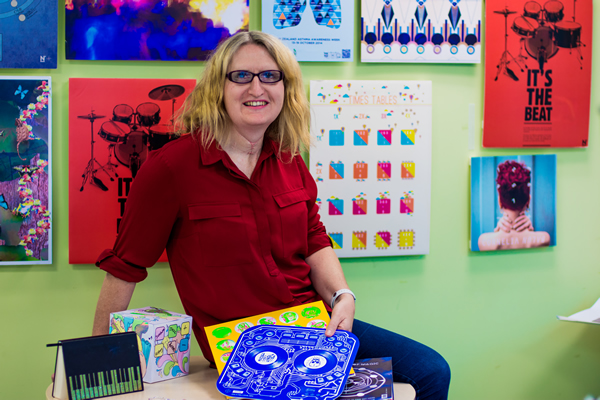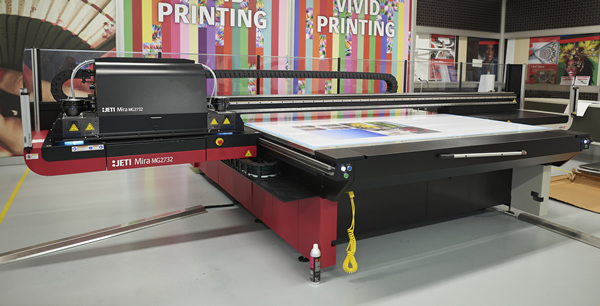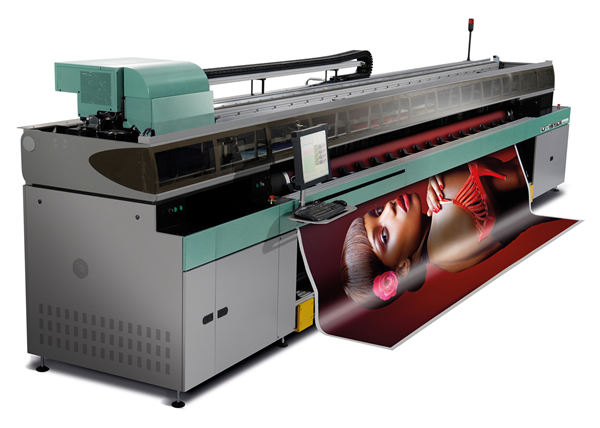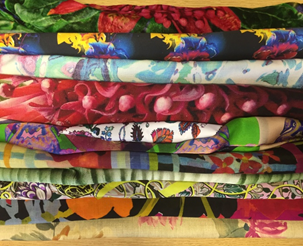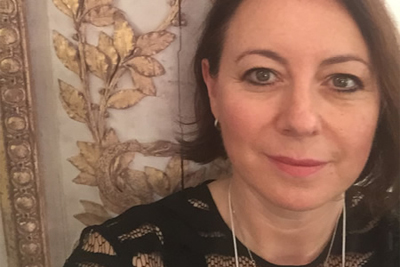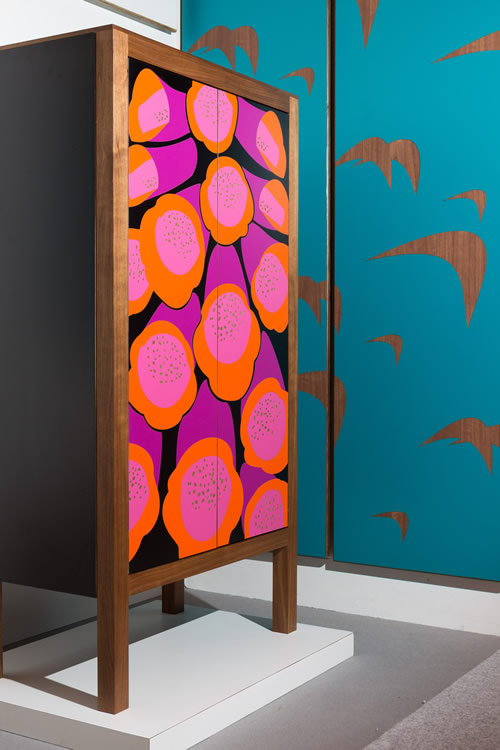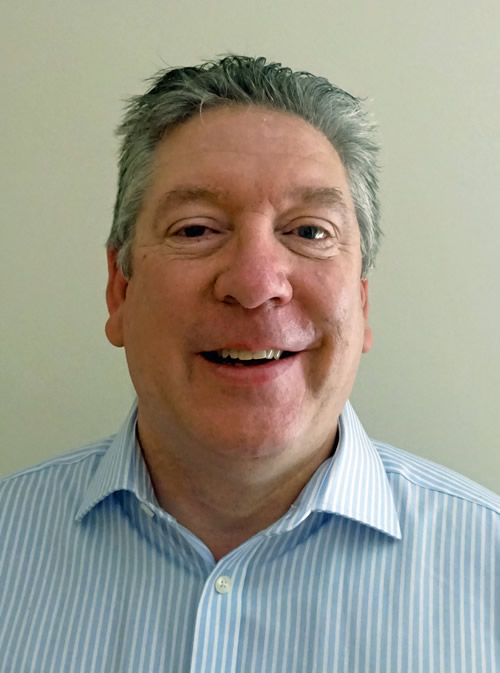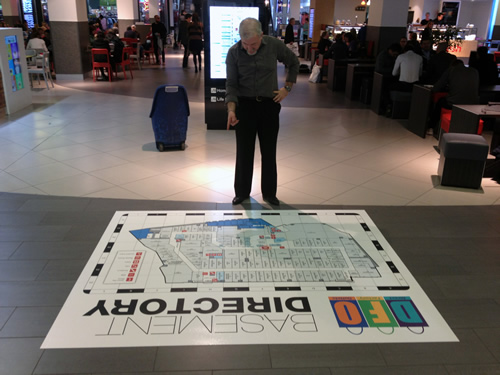Authenticity could help your company profitably differentiate itself. Walter Hale explains.
Features
Thinking Bigger: Esko
Bruno Vermeulen, EMEA marketing director at Esko, talks about how brand owner needs are being addressed by creatively innovative operations.
There’s no doubt that the market shift in the creation and production of sign, display and wide-format applications is shaping the relationship print operations have with their clients. It is a shift that is being encouraged by a level of education that previously did not exist. Esko has talked about the process of 'design to print-and-cut’ for quite a while. As brand owners are challenged for more creative ways to gain attention on the aisles and shelves, basic, straightforward applications such as rectangular signs or one part displays often no longer do the trick.
Wondering about the wet stuff?
Ink development is pushing ahead on wider fronts as OEMs and third party suppliers chase environmental and technology benefits as John Taylor reports.
Entering another dimension
Walter Hale explores the integration of music, video and other electronics into print.
Four years ago, a one-year-old child became an internet sensation by pressing a magazine as if it were an iPad and looking nonplussed when her prods and swipes had no effect. In an age of iPads, iPhones, iWatches and iEverythingelse it is easy to understand why the print medium is regarded as horribly one-dimensional and why it has become fashionable to declare that this form of physical content is dead.
ON TEST: Agfa Jeti Mira 2732
Agfa has made a determined play for the mid-market flatbed sector with its Jeti Mira, so Nessan Cleary went to test its performance.
Over the past year or so we’ve seen a number of mid-market flatbeds launched, which offer considerably more productivity and the potential for volume ink savings over smaller flatbeds, but without the huge cost of the very fastest machines. Earlier this year Agfa launched the Jeti Mira, to target exactly this market. A few weeks ago we travelled to Agfa's European demo centre near Antwerp, Belgium to put it through its paces.
Better together
How China-based Aria has been working closely with Fujifilm to provide a PE offering that is a more environmentally-friendly alternative to PVC.
“When green printing is the goal, it is all about developing the right synergy of substrate, printer, ink, and software.” So says Craig Adams, president of Aria, a company that has and continues to work closely with Fujifilm to develop an inkjet printable PE (polyethylene) substrate as an environmentally-friendly alternative to PVC for banners, billboards, signs and displays.
Time for a team talk
Your people are one of your greatest resources. But do they work well together? Walter Hale looks into successful team building strategies and techniques.
Talking textiles
Where you at the Fabric Printing Now conference last month, or planning to go to upcoming Itma or Heimtextil textile shows? If not, are you missing out?
IR talks to... Debbie McKeegan, Founder, Digetex
On the first day of the recent Fabric Printing Now event, Digetex co-owner Debbie McKeegan gave the presentation ‘A Commercial Designer’s Journey Through Digital’.
Designs on designers?
If you want to influence creatives you’ve got to get into their space. So will you be exhibiting at events like 100% Design?
Thinking Bigger: Amari
Jamie Manifold, Amari product development manager, explains why it’s changing its communications strategy to wow designers.
As a relative latecomer to supplying the world of print with substrates Amari has had to look to innovate, the result being products that enable printers and designers both to fully express their ideas in POS /POP applications. Think Falconboard, which Amari brought to the UK market, and Bubbleprint board, the polypropylene based lightweight sheet - and latterly PET films that provide a non-PVC option for in-store displays.
Not for mass media
It has been said that with inkjet, any surface is a possible medium. So how’s that impacting substrate development? John Taylor asks ‘where now?’It has been said that with inkjet, any surface is a possible medium. So how’s that impacting substrate development? John Taylor asks ‘where now?’



